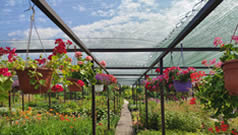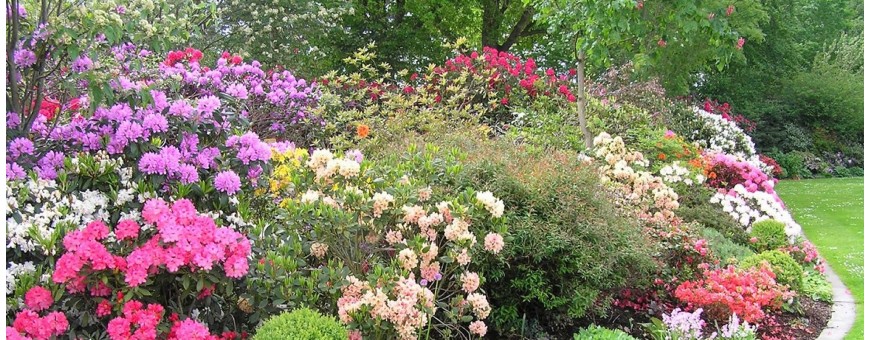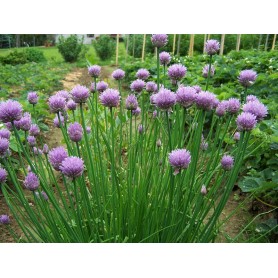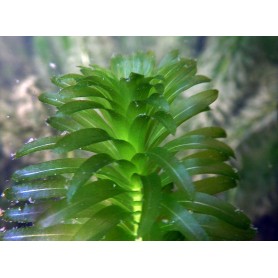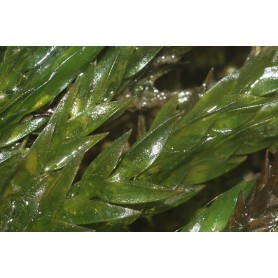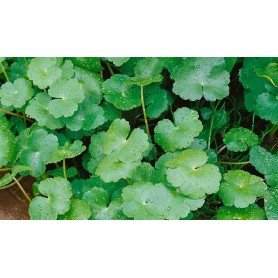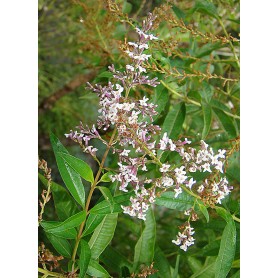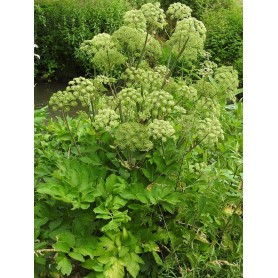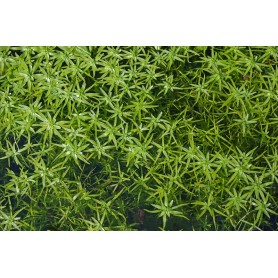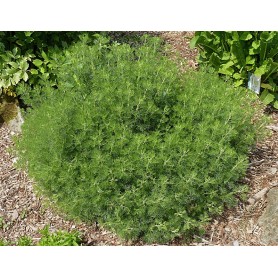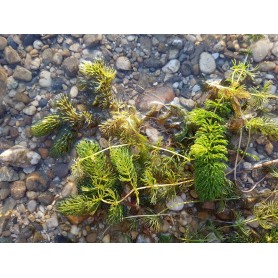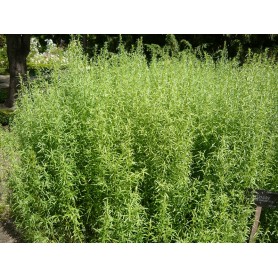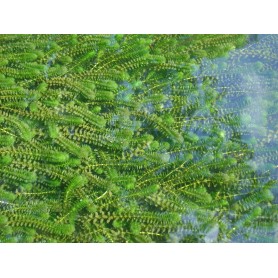Allium schoenoprasum
A grass-like herb, but indispensable in the kitchen.
The spherical flowers are purple colored and can also be used as an edible garnish.
The taste of chives is softer than onion and garlic, but has a comparative taste.
Regular harvesting strengthens the plant and when the stems become thick it is best to rejuvenate the plant.
It can be harvested all year round and is an easy plant for patio flower pots.
Chives like to stand on a limy, moist, well-fertilized soil, enriched with coffee grounds if necessary.
Chives can be used with cottage cheese or flat cheese and cheese preparations, marinades and sauces.
It is best to use fresh and can if necessary be kept in the freezer.
But do not let it boil as it will lose its aroma.
Are sold per 4.
Price is for 4 pieces.
The spherical flowers are purple colored and can also be used as an edible garnish.
The taste of chives is softer than onion and garlic, but has a comparative taste.
Regular harvesting strengthens the plant and when the stems become thick it is best to rejuvenate the plant.
It can be harvested all year round and is an easy plant for patio flower pots.
Chives like to stand on a limy, moist, well-fertilized soil, enriched with coffee grounds if necessary.
Chives can be used with cottage cheese or flat cheese and cheese preparations, marinades and sauces.
It is best to use fresh and can if necessary be kept in the freezer.
But do not let it boil as it will lose its aroma.
Are sold per 4.
Price is for 4 pieces.
€6.32

